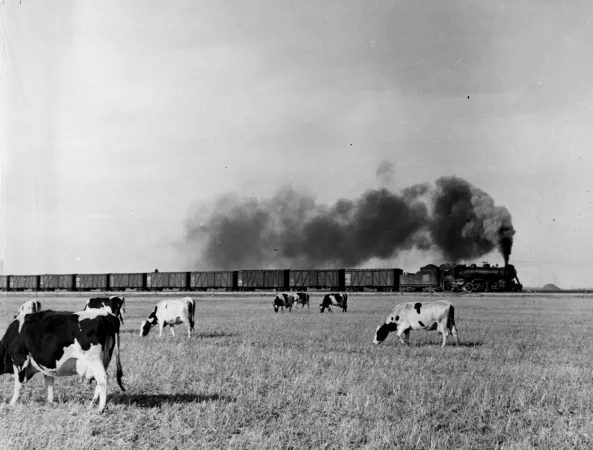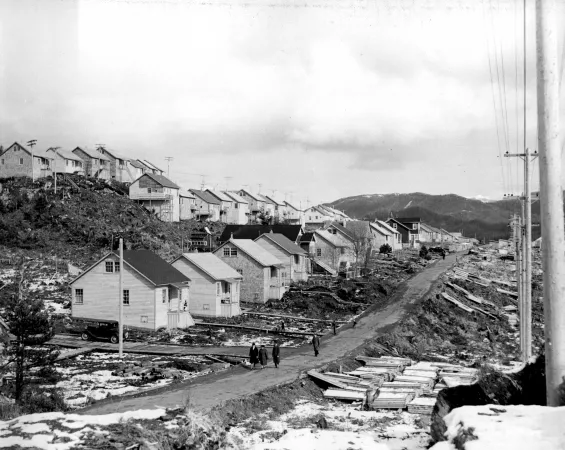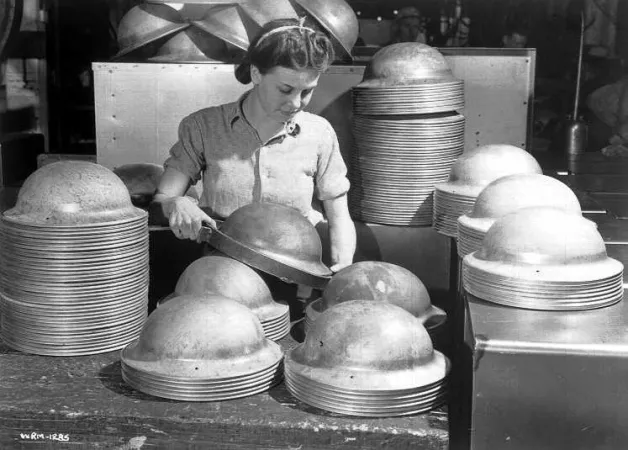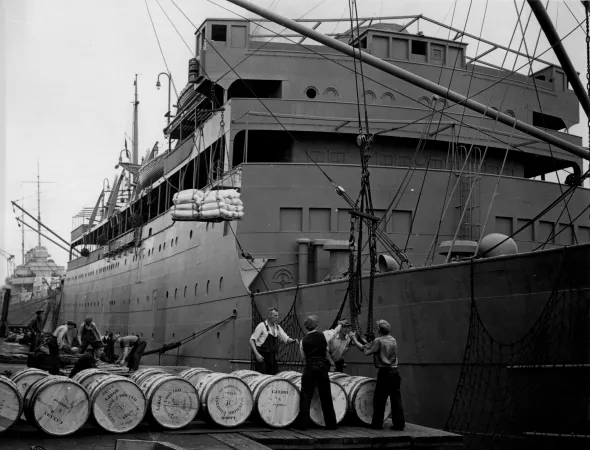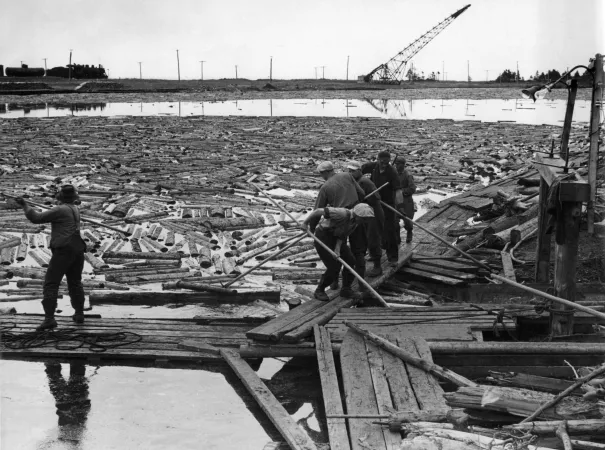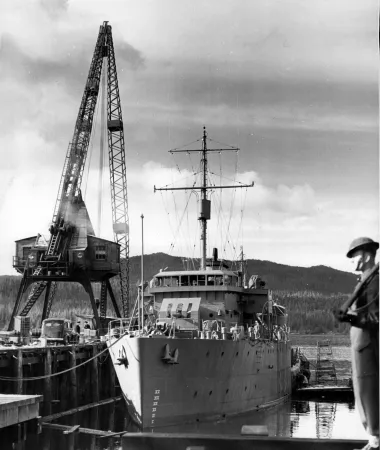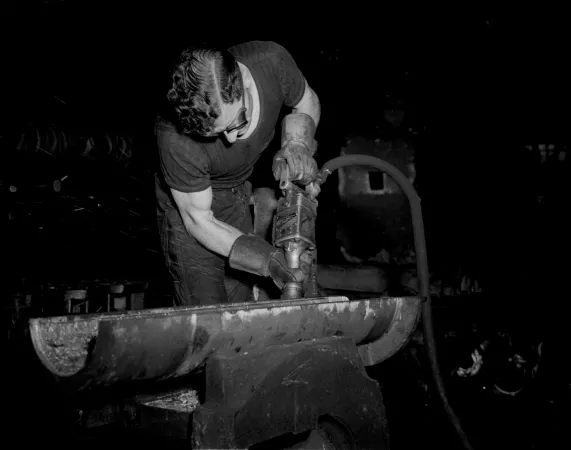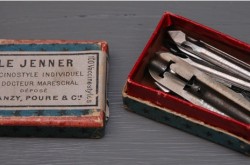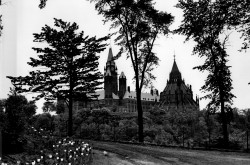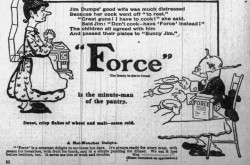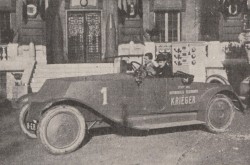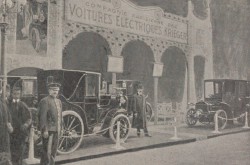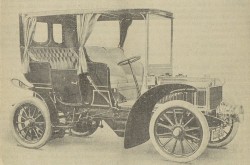The Canadian economy and the Second World War

Canada’s economy underwent dramatic changes during the Second World War, as Britain looked overseas for new sources of food, lumber, minerals, and other resources. While the 1930s were dominated by the Great Depression, the outbreak of war spurred the greatest growth the country has ever known. Between 1939 and 1945, Canada’s gross national product (GNP) more than doubled.

War record - A Canadian workman inspects a bomb to be used by the British, 1942
Wheat from the Prairies, lumber from British Columbia, Northern Ontario and New Brunswick, and minerals from various parts of Canada began making their way to eastern port cities for transport to Britian. Many existing factories were retooled to produce war equipment and munitions, while others were built from scratch with amazing speed.
In all, 28 Crown corporations were established, manufacturing weapons, munitions, and chemicals for the war effort. The sudden availability of industrial jobs caused a substantial migration of people from rural areas to urban centers, creating a massive housing shortage in urban centers and changing the very nature of Canadian society.
The Canadian government played a prominent role, along with the private-sector business and industry, in organizing and assisting in the rapid mobilization of resources and industry during the war. The Ministry of Munitions and Supply in April 1940 (under the control of Clarence D. Howe) worked with key industries, and the Canadian economy quickly began to see massive increases in profit and productivity.

War record - Airplane shipment, 1942
Aviation
During the war, 116,000 Canadian workers, more than 30,000 of whom were women, produced more than 16,400 aircraft.
Though most Canadian aircraft manufacturers focused on small training and fighter planes, a notable exception was Victory Aircraft, a Crown corporation in Malton, Ontario. This plant built and delivered 450 Lancaster bombers, the largest and most complex design constructed in Canada during the war.
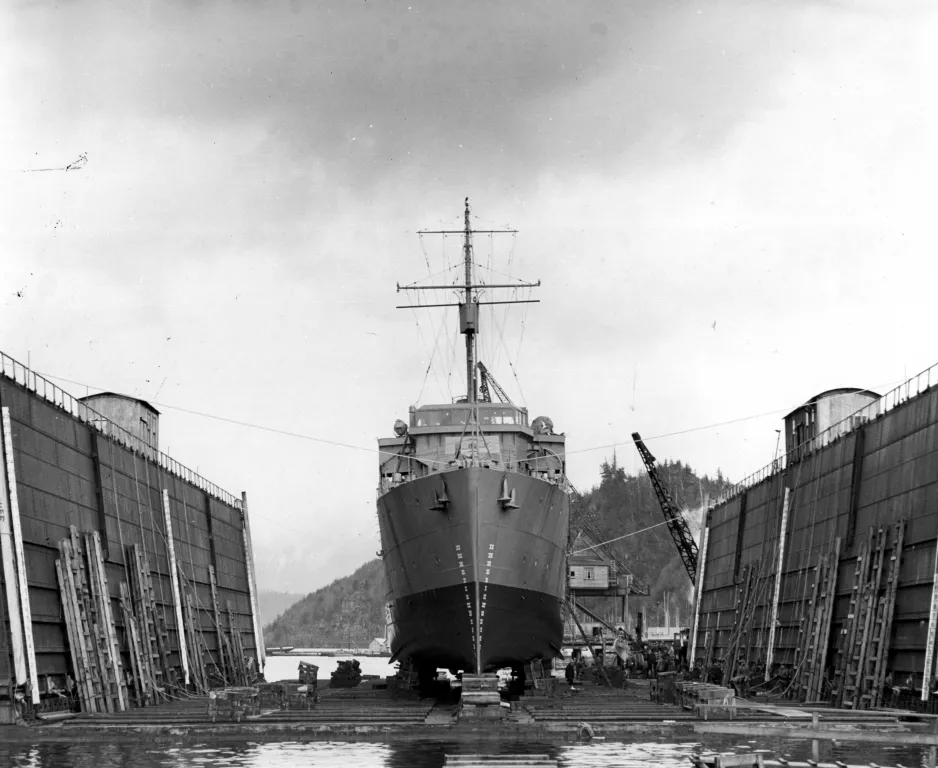
War record - Naval vessel undergoing final inspection in Prince Rupert Drydock before trial run, 1942
Shipbuilding
Canada’s shipbuilding industry produced 410 merchant vessels and 206 corvettes (the navy’s main anti-submarine and convoy escort ship), along with frigates, minesweepers, landing craft, patrol boats, and motor patrol boats. Four Tribal class destroyers (almost 120 m long), heavily armed and capable of a speed of 36 knots, were built in Halifax but were not completed until after the war. Still, the ability to produce Tribal class destroyers shows just how far the Canadian shipbuilding industry had come since 1939.

Miners dumping a car of rock salt into a skip where it will be hauled to the surface for crushing, Malagash Salt Mine, Nova Scotia, 1944
Natural resources
In addition to manufacturing, Canada also saw a huge increase in the demand and production of its natural resources. During the war, the mining sector provided the Allies with 40 percent of the aluminum (crucial in airplane production), 75 percent of the nickel, 75 percent of the asbestos, 20 percent of the zinc, 15 percent of the lead and 12 percent of the copper. Among the Allies, Canada possessed the only source of uranium, the key component in the production of atomic bombs. In all, Canada produced $5.8 billion from its natural resources during the war.
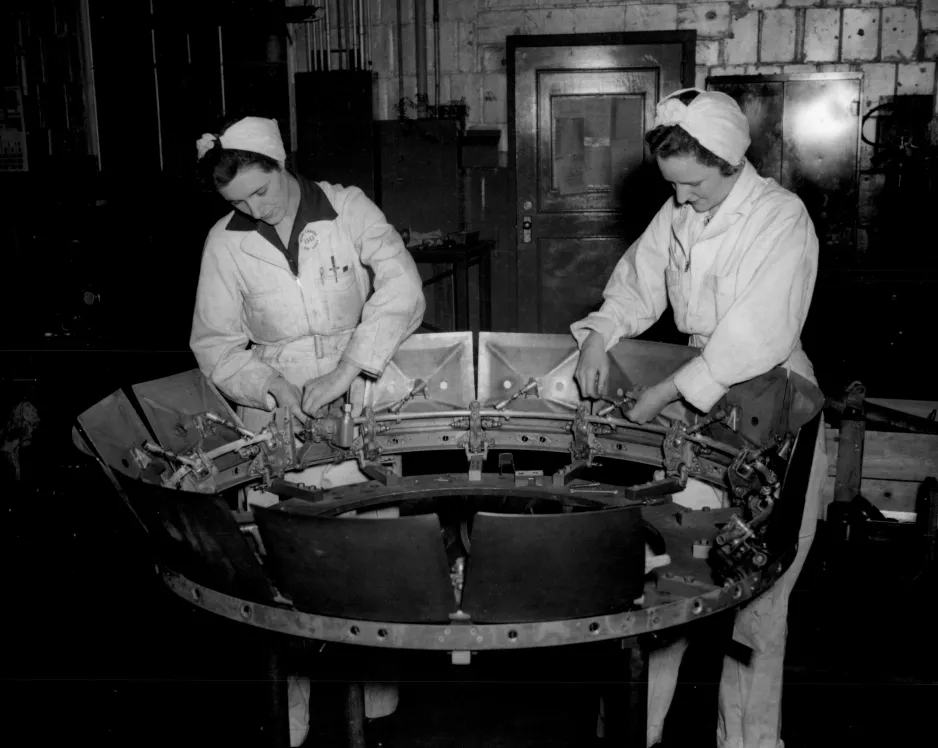
Cowl flap assembly in the Trans-Canada shops at Winnipeg, Manitoba, Canada, in 1943
The war brought an end to the limited opportunities of the 1930s and set the course for post-war prosperity. Unemployment disappeared (the unemployment rate in Canada fell from 11.4 percent in 1939 to 1.4 percent in 1944), wages increased, and many families had two or more members employed during the war, greatly increasing the family income. The war also allowed a great many women to enter the workforce in jobs previously unattainable, at a wage nearly equivalent to those of male workers (something not often seen before).
Overall, Canadian industry produced more than $9.5 billion (equivalent to approximately $100 billion today) worth of material during the war. Although this amounted to less than 10 percent of the total Allied war production, it was a substantial amount for a nation of only 11.5 million people.
This text has been adapted from the Picturing the Past website, developed by the Canada Science and Technology Museum in 2006.



